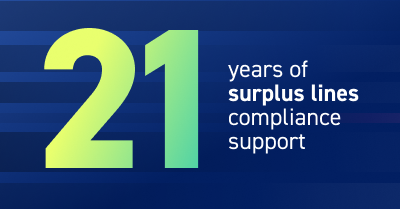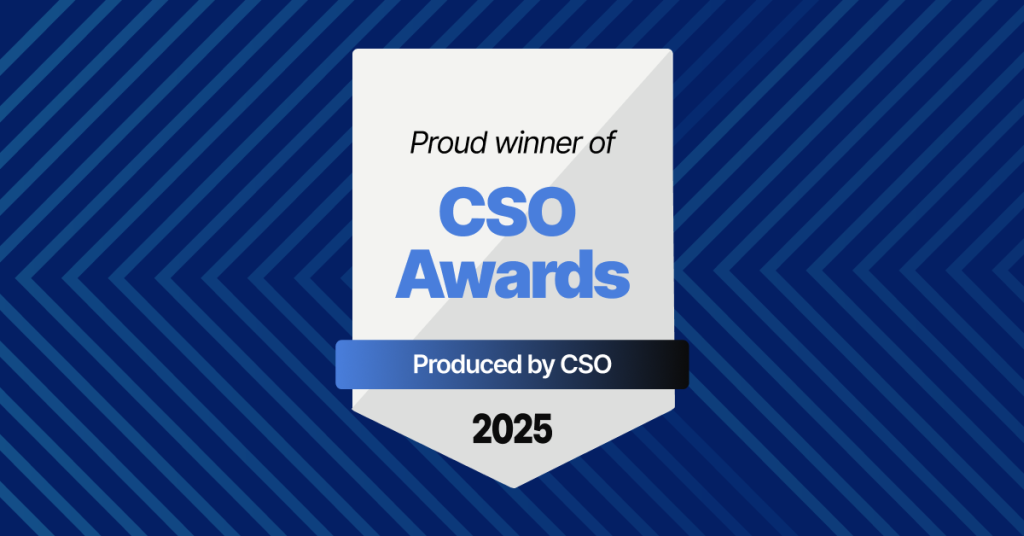Industry Leaders Speak on Talent Challenges, Solutions
In a recent webinar, Rethinking Talent and Workforce Strategies for Growth in Unprecedented Times, ReSource Pro Consulting partner Mark Breading shared key highlights from ReSource Pro’s latest research on insurers’ talent objectives. Joining him were several insurance industry leaders, who spoke about the talent challenges facing their companies and the strategies and solutions they have implemented.
The panelists included:
- Beth Hughes, Corporate Services/Technician Manager at J.M. Wilson Corporation
- Anuj Jain, VP of Carrier Practice at ReSource Pro
- Laurie Ranegar, SVP of Operations at CNA
- Kathleen Ziegler, SVP of Operations at CopperPoint Insurance Companies
Below is an edited transcript of some key highlights from the conversation. Be sure to watch the full webinar to hear more about how the industry is tackling the talent crisis.
Q: What’s Your Perspective on How Attracting and Managing Talent Have Changed?
Laurie Ranegar: We are recruiting candidates from broader geographic areas for many roles and are also focused on diversity. As far as challenges, we’re finding that the recruiting cycle is much shorter. We need to move faster while also hiring the right candidates. Candidates are quickly dropping out of the process due to multiple offers. We’ve also experienced situations where candidates have accepted an offer only to call us a few days later and say they wouldn’t be starting after all.
Kathleen Ziegler: Because I started a new role at a new company in the pandemic, I actually onboarded in an entirely virtual environment. It’s reminded me that employers have a unique responsibility and challenge to present what their culture looks like virtually. We have to think about how we can get employees excited during the recruiting and onboarding process. Because even if you’re back in some form in a physical office, you’re still doing most of your recruiting virtually and likely only having employees in the office on a hybrid basis. The challenge is making the culture feel unique to CNA, to CopperPoint, etc.
Beth Hughes: We’ve had the same struggles with the hiring process being longer. People are dropping out and accepting other positions before we get a chance to get them through the whole process. As far as recruiting talent, we’ve recruited a lot of employees over the years through universities. We are lucky enough to have universities that have insurance risk management programs near some of our offices, and we’ve hired many good employees by going through that whole process with them at job fairs.
Anuj Jain: The other side of the equation I’d like to add is the hiring manager expectation. That’s where ReSource Pro’s HR team is also focused on—making sure that the hiring managers are looking at only the critical success factors, not the entire list of 20 success factors, and moving at the right speed, giving competitive offers, and locking down candidates as quickly as possible.
Q: What Work Models Have You Experimented with Or Implemented?
Kathleen Ziegler: As our company returns to office, nearly 50% of our employee base will remain full-time remote. The other 50%, based on the function and team that they participate in, will be some form of hybrid. One big topic of discussion for us is how do we make sure that we make our employees feel like we’re all part of one CopperPoint. The last thing we want is for people to feel like they’re operating in two different companies. We need to be mindful as leaders to be inclusive, regardless of an employee’s work arrangement, and proactively identify ways to encourage exposure of our talent to different opportunities.
Laurie Ranegar: For our operations team, we are only returning one day every other week for most of our employees. Due to the nature of our operations work, many of our employees will need to do production work when they’re in the office. But because we’re back on such a limited basis, we will use that time for team meetings, employee celebrations, performance feedback, and training that is more beneficial to deliver in person—that type of training that’s more side-by-side versus self-paced or instructor led training that can be done effectively in a remote environment. Some issues we see are inclusivity between hybrid and remote employees and making sure that our frontline leaders have those remote employees at top of mind all the time.
Q: How Have You Found the Right Balance of Tasks to Be Done by Your Employees, Whether They’re in the Office or Remote?
Beth Hughes: We were fortunate in the fact that we had been partners with ReSource Pro for so long— we just had our 16-year anniversary—and it was very easy for us to move the tasks around as we needed to. If there were tasks that we had to bring back to make sure our staff had enough to do while in the office, then we were constantly communicating with our ReSource Pro team. They’re literally part of our team. So, on the production side, we were able to make that change pretty easily.
Over the last couple of years, our underwriters have concentrated on the relationship aspect with agents, following up a lot more on business that’s actually coming in the door. This left part of the tasks our underwriters were doing previously to our partners. So our partners did those tasks, which left our underwriters time to focus on that important relationship piece.
Q: How Does Artificial Intelligence and Automation Fit Into The Future Of The Industry?
Kathleen Ziegler: I think that the COVID environment has changed the dynamic of leveraging different ways of doing work, whether it’s automating the work or using offshore resources like ReSource Pro. In our case, our technology environment is not quite at the bleeding edge of innovation. Because of the talent drain, among other things, we needed to think differently about the way that work was getting done.
Historically, when suggesting the use of a third party or an offshore vendor for different work, the change management has been a herculean task. The pandemic presented a unique situation where that was not a concern given the shortage of resources. In fact, there was a strong support and desire to look at the partnership in a productive way. And even the teams who were doing similar work within CopperPoint were super engaged and supportive and wanted to help with the onboarding of the ReSource Pro team. I think we’re seeing that same energy for the automation of that same type of work. People realize that it presents a way of stabilizing the business and giving our resources different opportunities as a result.
Q: How Do You Maintain Culture as the Industry Transforms?
Anuj Jain: The weaving thread for ReSource Pro is culture. It all starts with our clients and the success factors that they demand from us and that the marketplace demands from them. They want quality, trust, insurance expertise, and integrated operations. That leads to our vision, our mission as a company, and now that leads to our standards. That’s where the tricky part is. How do you convert that vision into standards for employees, then make sure that those standards become values that the employees exhibit?
To give you an example. Clients have E&O exposures and demand peerless quality, so it comes down to us to exhibit that. So, we have launched a program in our organization called Advance it! and what that does is allow our employees to compete for quality and process improvement. As they do that, there are rewards associated with that, and that helps lead to an organization that is moving forward and moving the client forward.
Overcome Your Talent Challenges with ReSource Pro
If your insurance organization is facing talent challenges, ReSource Pro can help you optimize your operations and grow profitably. Visit our specialized solutions and business process management services pages to learn more. Interested in our advisory services? Visit our Carrier Consulting page.



